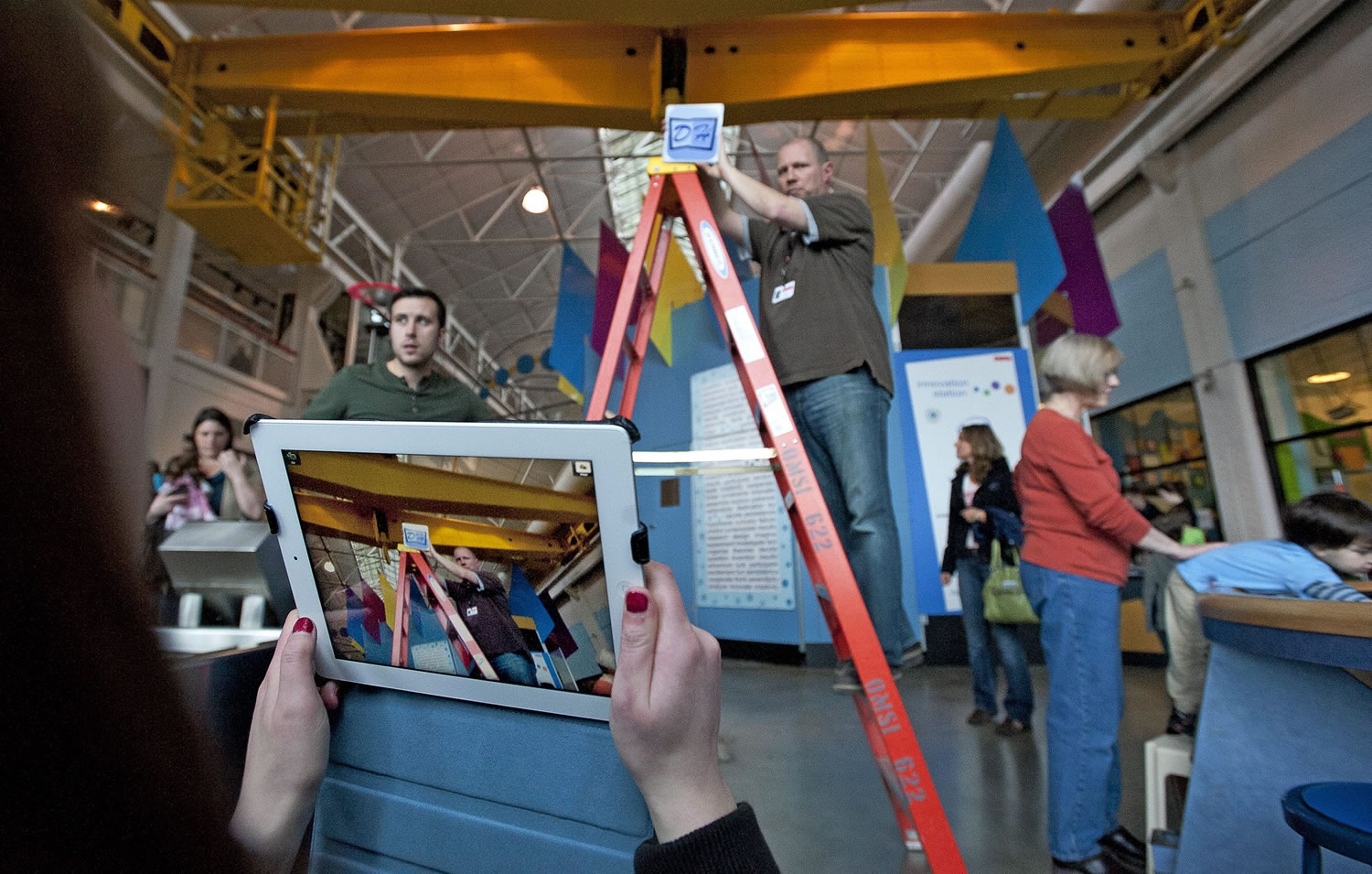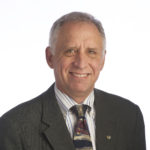http://www.columbian.com/categories/news/business/autovation/
With a deadline looming to create a major exhibit for Oregon Museum of Science and Industry, some Washington State University Vancouver students were just too busy to travel to Portland for another project meeting.
So, of the nine people gathered around a table in an OMSI conference room last week, only two were students. And things weren’t going as well as those two students had hoped.
Madi Kozacek and Jason Cook wanted to show off the software application the WSUV students are creating for the OMSI Autovation exhibit they are developing for the popular museum. But the software vendor they’re using chose that day to install a major upgrade. That meant they didn’t have access to the three-dimensional app that is central to the exhibit’s “augmented reality” digital display of an automobile’s inner workings.
Cook was visibly frustrated and apologetic at the head of the table, but Denny Andersen, OMSI’s project manager for Autovation, took the setback in stride. The meeting adjourned, and Andersen led other OMSI staffers and the students and WSUV staff on a stroll to the Turbine Hall. There, they made a quick reality check of lighting and logistics at the planned site of the large Autovation display.
The centerpiece of Autovation will be an actual car, provided by Dick Hannah auto dealerships, which is contributing $40,000 to the project. The car will tilt upward, from a 36-inch height at its front bumper to a height of seven to eight feet above ground at its rear. It will be wrapped in a nylon coat that will contain several hot spots — data points that can be read by iPads or smart phones in the form of videos, data, or “augmented reality” images.
It was the work on those elements of the exhibit that kept 10 of the project’s dozen students, all enrolled in WSUV’s Creative Media and Digital Culture program, on campus that morning. The students were now divided into three groups: those working with OMSI on the exhibit; others working on the iPad and smartphone applications; and a third group that is producing short videos to be incorporated in the display. They’d been to WSU in Pullman to participate in a project demonstration, and had taken some time off for spring break. Now it was back to work on a project that must be completed before some of the students graduate this spring.
Digital hot spots
Children and parents swarmed the Turbine Hall, many visiting from Clark County on their spring break from school. The students and OMSI staff crowded around the Project Gemini space capsule and a marble table, both scheduled to be relocated to make room for Autovation.
Kozacek held up a representation of the digital hot spot — a flat board with the large letters DH, for Dick Hannah — while Andersen, Cook, and others examined light reflections on the iPad. The hot spot moved back and forth, up and down, even onto an 8-foot ladder.
Andersen was pleased with the results. With daylight streaming into a south-facing window, Andersen said it became apparent which
way the car needed to be placed to make the best use of light. One surprise: when the iPad faces the bright light of a large window, its display dims in compensation. The solution, Andersen said, was to shift the automobile’s orientation to take the light into account.
On the plus side, Apple’s newest iPad model offers an extremely sharp display, which, Andersen believes, reduces worries about how the exhibit will work in bright light.
Still, there’s plenty of worries ahead as the clock continues ticking toward student graduations and OMSI’s goal of having the exhibit in place by Memorial Day. There are budget issues, the logistics of moving the car to the OMSI site and onto the museum floor, relocation of existing exhibits, and the merger of the work of the three student groups.
One small but lingering worry is that museum users could find a way to tap into the Internet on the iPads instead of looking at the exhibit. Andersen said other museums have found ways to make sure an exhibit’s iPads will function only for their intended use, but he imagines that some tech-savvy 13-year-old will find a way to break the code.
“When we find that kid, we’ll hire him,” Andersen joked.
By then, the WSUV students will hope that their work on the project will put them ahead of that kid in finding a job.
Next: Bringing it all together.




